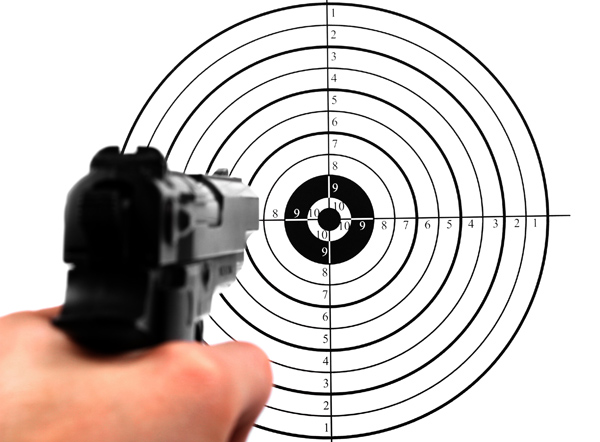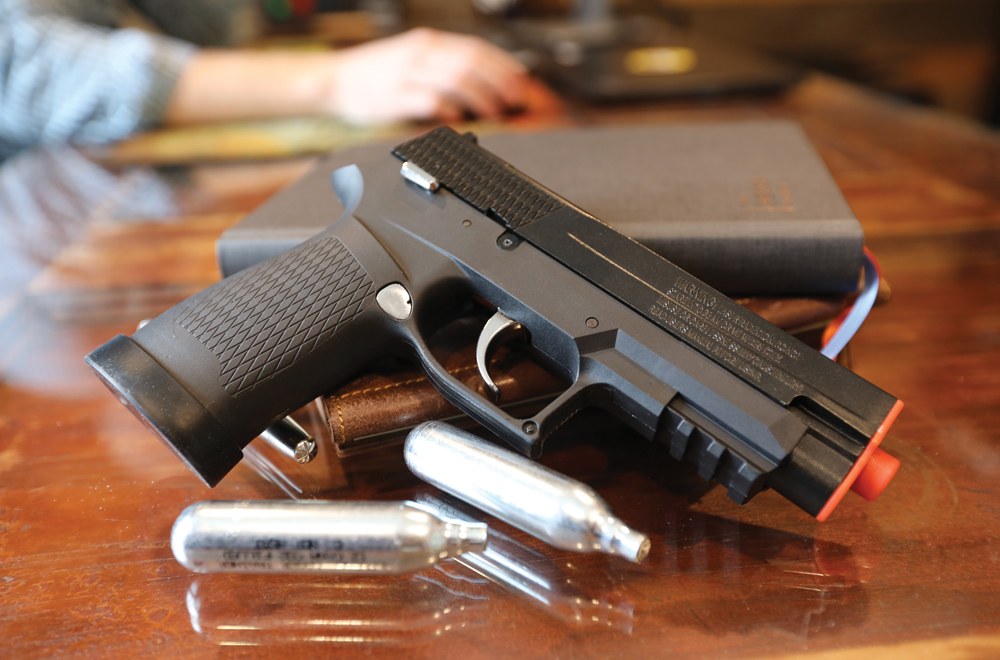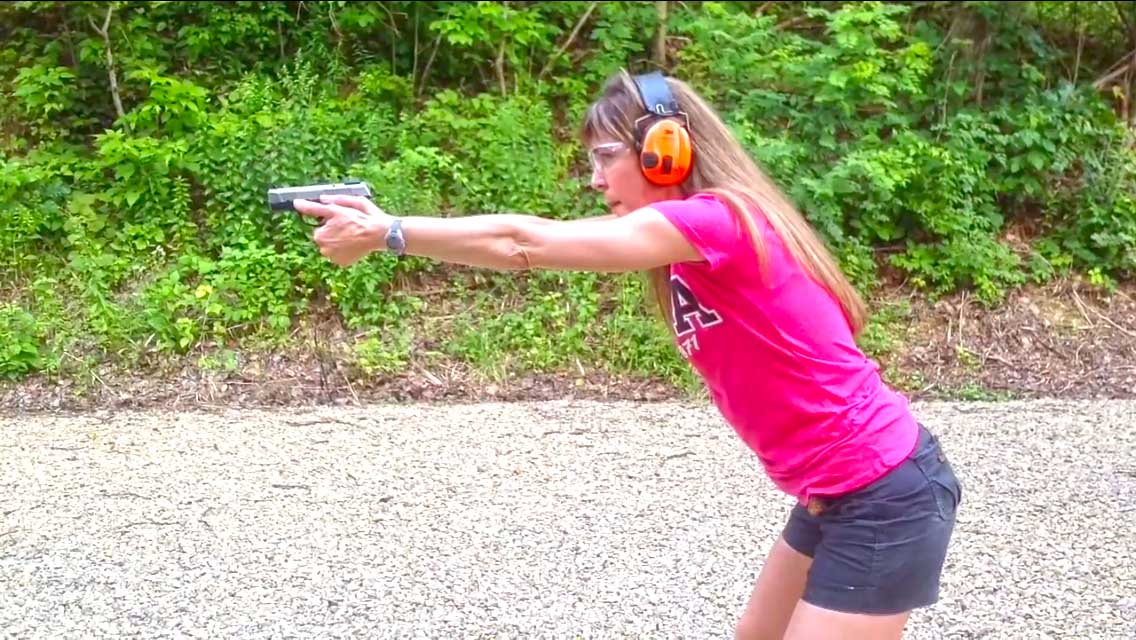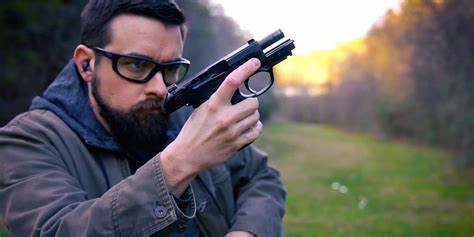How often do you need to train to noticeably improve accuracy?
The speed at which you progress depends on a couple of factors: first, how much experience you have with firearms already, and second, at what point you define being “good” with a gun. Assuming you have little or no experience yet, and that by “good accuracy” you are just looking to be able to hit your target where you want at reasonable speeds, here is a breakdown of what your training routine should look like.
The most important step for anyone without much experience in improving firearm accuracy is not to be tempted to try out lots of different firearms. Most shooting ranges will have a moderate to large selection of different types of weapon, which can be useful for experimenting and trying out new firearms when you are a more comfortable shooter, but you will not progress quickly if you are attempting to master several different types of firearm.
Instead, familiarity is key. Pick out one weapon, ideally a weapon that you yourself own, and make sure you equip yourself with a good quality holster. You may also want to supply yourself with your own safety equipment, such as goggles and ear protection.
Experts have found that as accuracy improves, the time for aiming increases (known as “quiet eye”) and the time to stabilise the gun decreases. What this means is that accurate shooters spend more time aiming but need less time to adjust their posture and weapon to get an accurate shot. Less advanced shooters, in contrast, will spend more time posturing up and angling their firearm and less time aiming.
Dry firing drills are a common and effective way of working on stance and getting your sights aligned with your weapon. Essentially “dry firing” just means shooting with no ammunition. Because of this, it’s also much cheaper than spending all your time firing live rounds at the shooting range.
Use dry firing as an opportunity to focus down the end sight on your firearm, lining it up with your target. Also think carefully about how you engage the trigger, making sure to feel whether you pull the trigger to one side or the other, which could offset your shot. To avoid “slapping” the trigger, you should let it reset before taking your next shot.
These drills will be the backbone of your training, but the good news is that they can be done at home and require very little time. The key, as with all training, is regularity.
The NRA Law Enforcement Training Division recommends dry firing practice three times a week, and live firing at least once every two weeks. However, whilst that should serve to maintain skill, if you want significant improvements, you will need to dry fire 10-15 minutes every day, and you should go to the shooting range around twice a week.
Remember not to overtrain though. If you recognise you have hit the point of diminishing results, it’s best to end the training session. Otherwise, you will only ingrain bad shooting habits.
- Training,
- 2346




